 By Elliott Wenzler
By Elliott Wenzler
When most people show up to the hospital, the last thing on their mind is how the subtle angles, colors, lights and fabrics are affecting their mental state. But for Rebecca Donner, healthcare facilities are a canvas meant for just that.
The patterns, textures and colors that Donner and her team at Inner Design Studio select for a hospital are far from chosen at random, Donner said.
For years, people in Donner’s line of work study psychology, codes, the latest research and science in order to create spaces within hospitals that leave patients and staff feeling safe, content and calm.
Donner, owner and founder of Inner Design Studio, was recently recognized by the Tennessee Chapter of the International Interior Design Association as a local industry leader.
Donner’s women-run company is 25 years old and has completed 890 projects in 42 states, she said. The company has also completed international projects, like one in Aruba, she said.
“This shows young designers, not just women designers, that hard work and sticking to what you love can make you successful,” said Wendi Donahue, Tennessee’s IIDA president.
When Donner and her team of 12 agree to take on a project, it’s not just picking out fabrics and paint swatches, she said. The designers meet with the architects, electrical engineers, mechanical engineers, plumbers, the hospital administration and an infectious control team to create a plan for the facility.
“A lot of people think ‘oh how boring,’ but it’s so challenging and it’s constantly changing, whether it’s a code or some evidence-based design theory or just new ideas,” she said.
Donner introduces small things like fancy lamps and gilded mirrored frames to make hospital spaces feel more homey, she said. In the late ‘90s, evidence began to surface that recovery times are faster when patients are in a place that feels safe rather than chaotic and loud, she said.
“We’ve worked so hard and come so far on acoustics in hospital rooms and…being able to see outside,” she said.
Research doesn’t just affect aesthetics, though, it can also affect what materials Donner’s team uses.
“We’ve learned about adding copper into…privacy curtains, scrubs or whatever, just to keep viruses (away),” she said. “They won’t grow on fabrics that have copper in them and silver as well.”
Another thing that has made a big impact for patients is dimmable lights, Donner said. Instead of having sharp overhead lights or complete darkness, dimmable lights allow the staff to create an atmosphere that matches patients’ circadian rhythms.
Donner learned her trade by attending Belmont’s O’More College of Design in the late ‘80s. Originally, she wanted to be a residential designer, but soon discovered the pace for such work was much slower than what she desired.
Later she interned with a commercial design firm, now known as Tuck-Hinton, and eventually moved to a healthcare design firm.
“(I) fell in love with how fast it moves,” Donner said.
To Donner, the main thing she wants people to understand about what she and her peers do, is that there is work behind every aspect of a space, she said.
“There’s so much psychology in a space that nobody even knows and if they don’t know why a space feels good, then you’ve done your job,” she said. “Nothing just stands out, it just feels great and you can work the space well.”


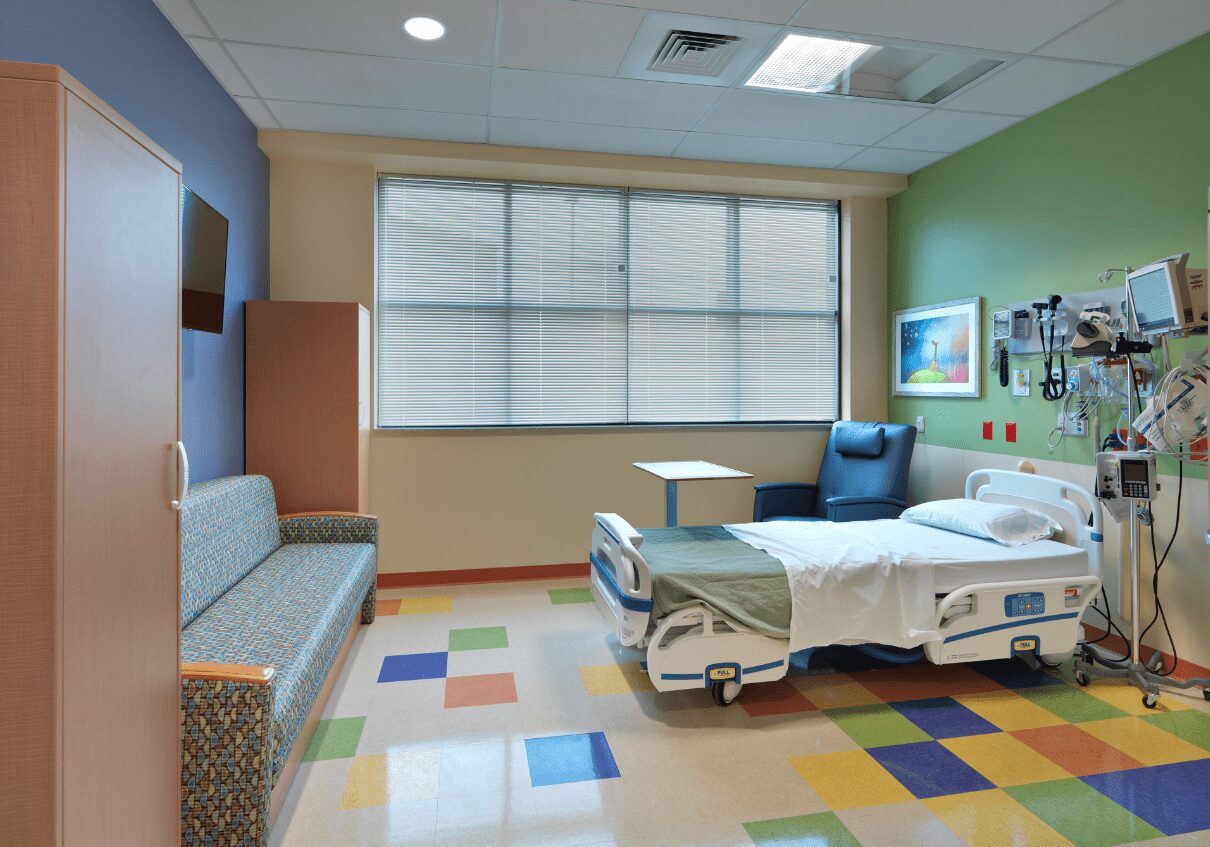
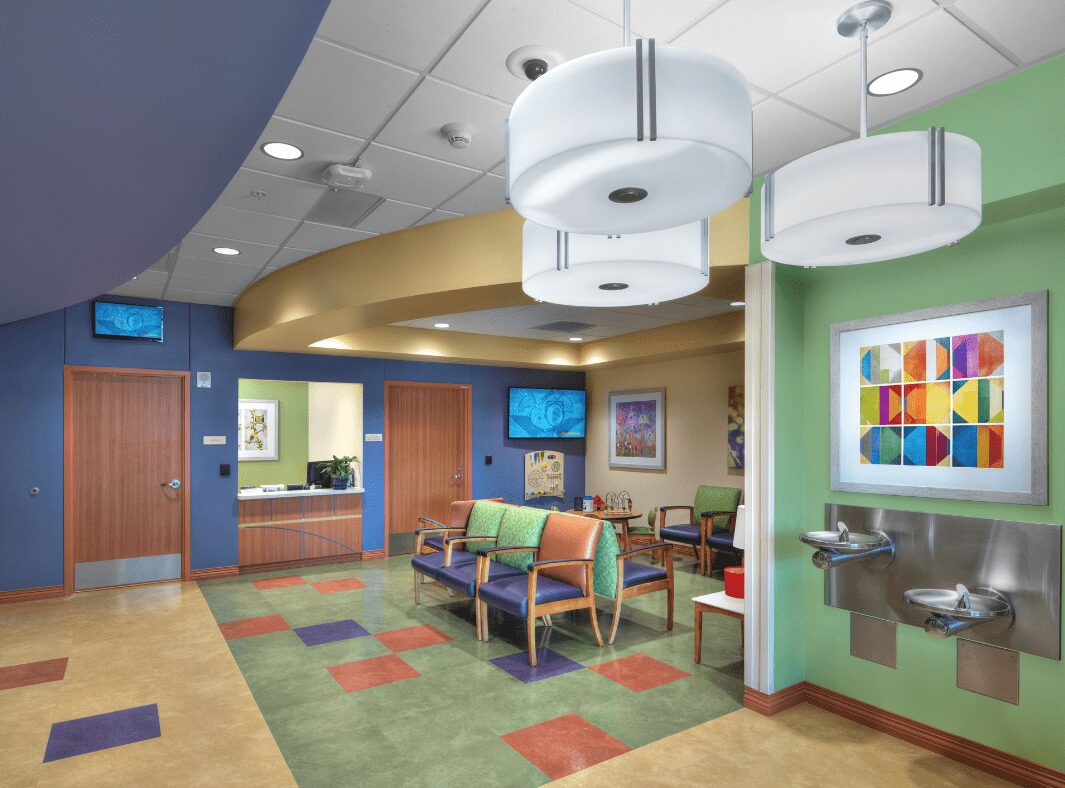
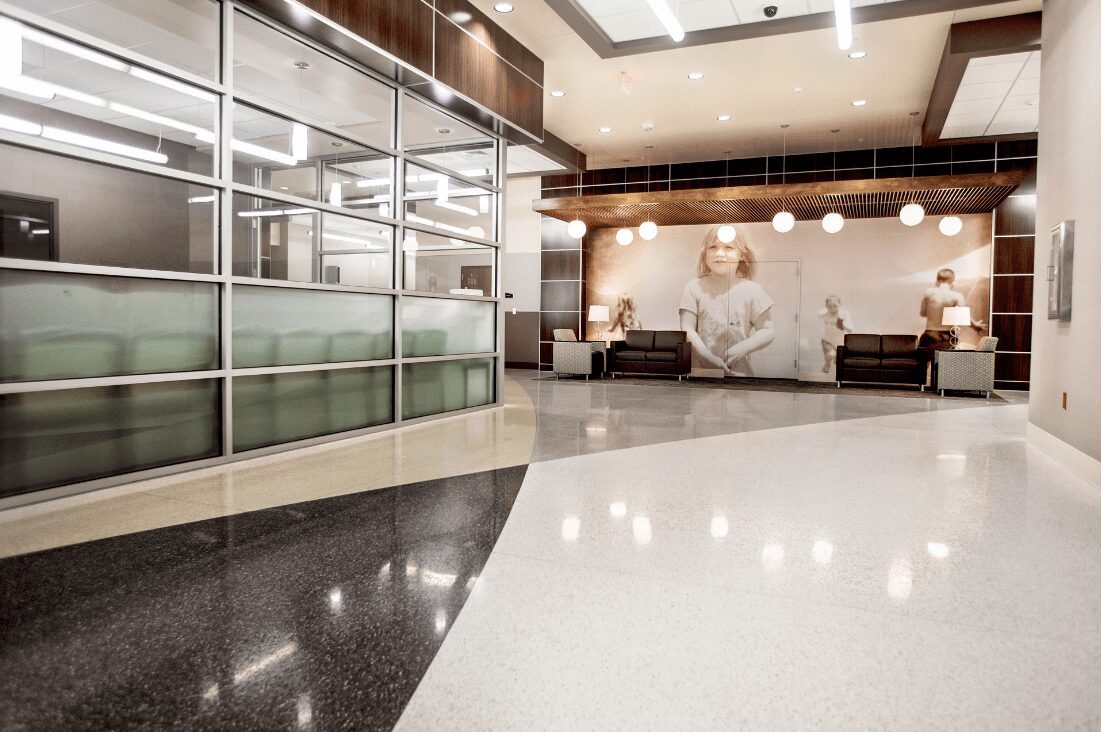
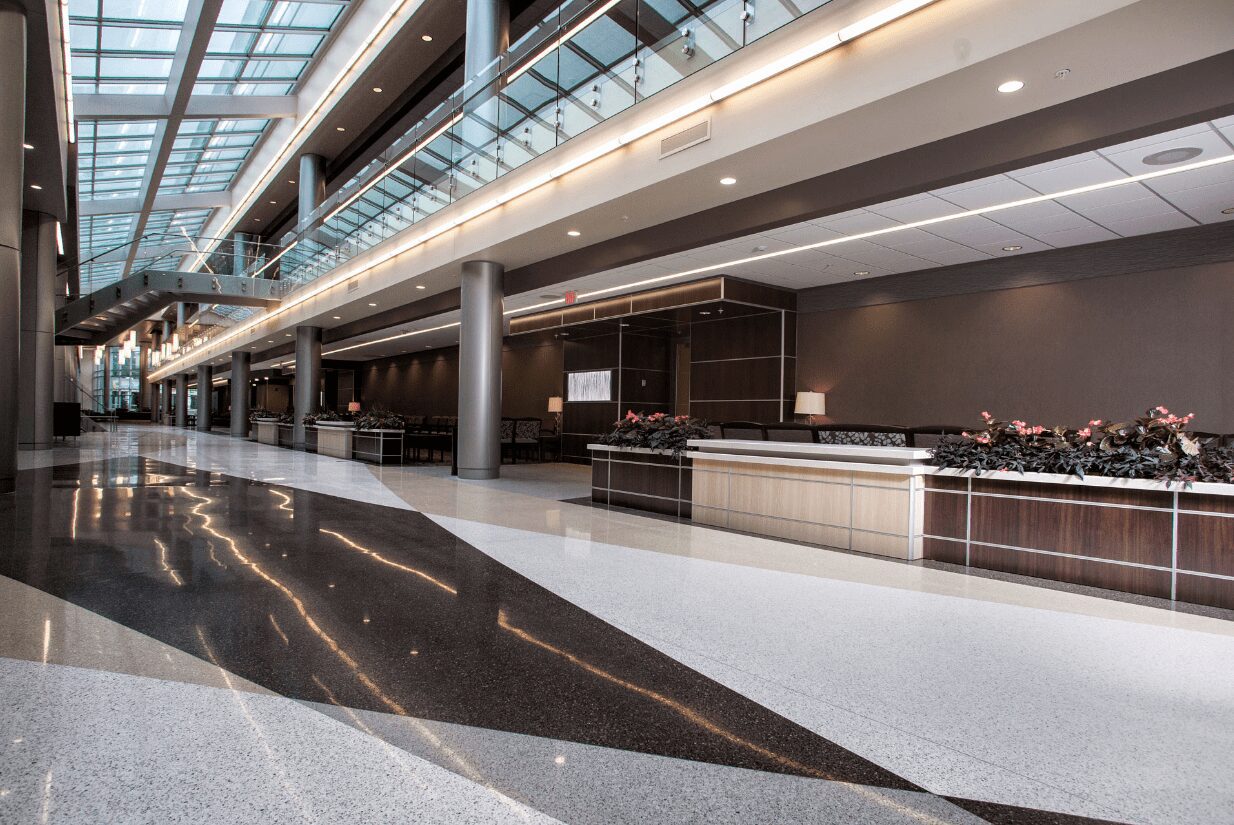

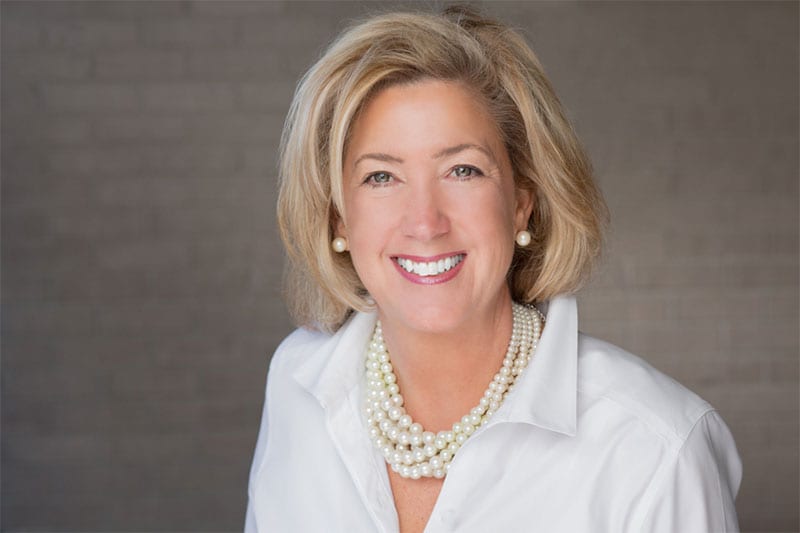
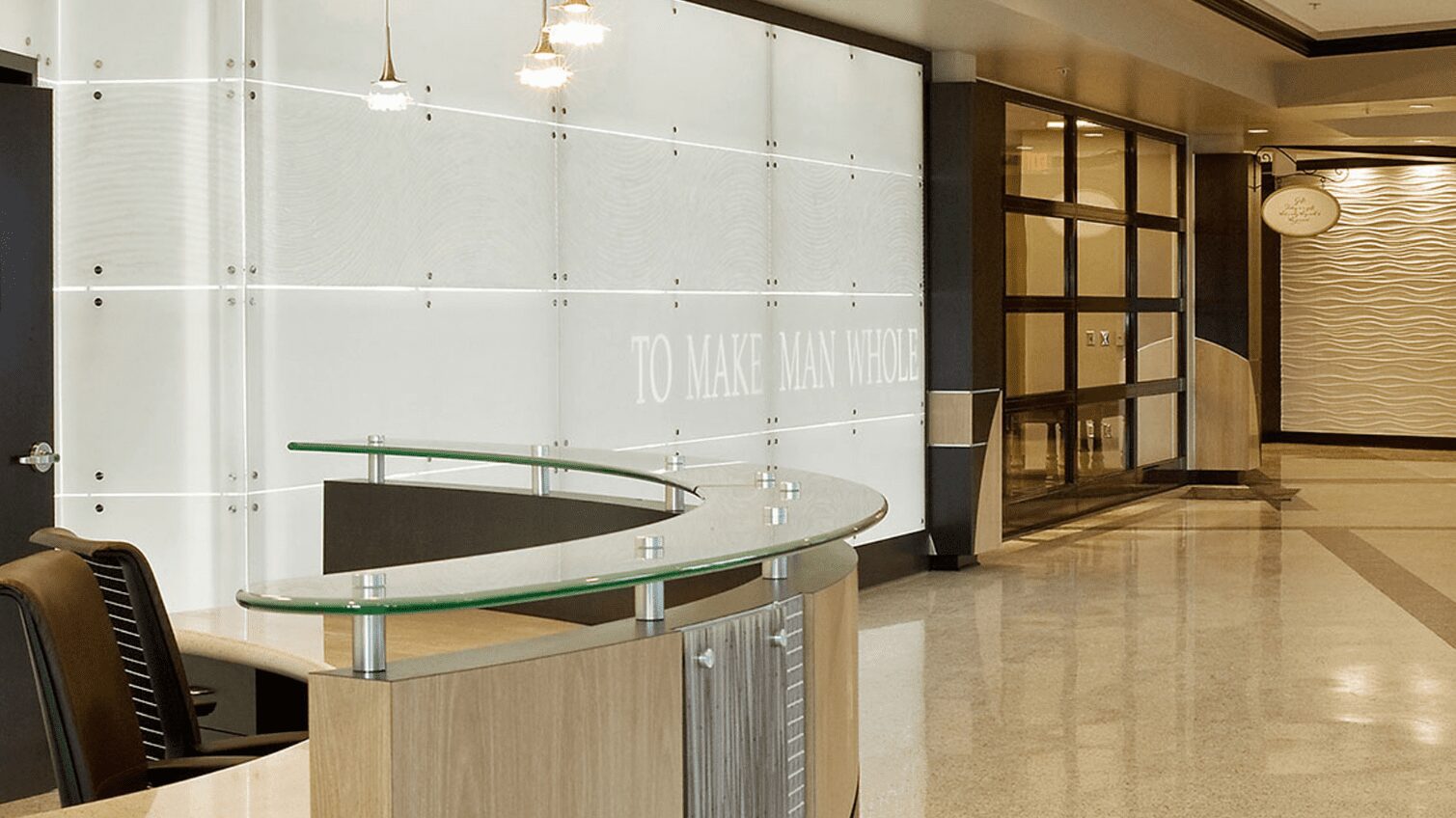
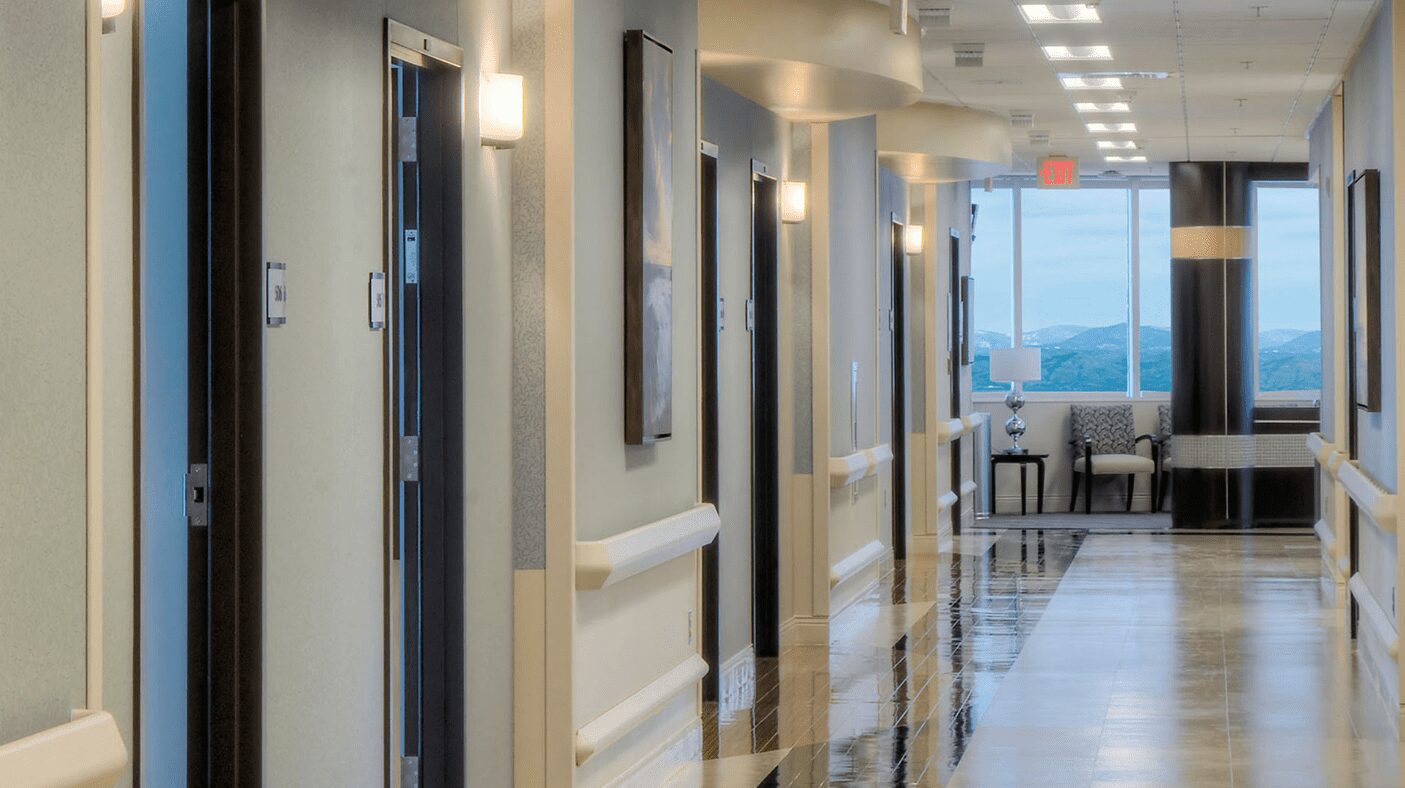
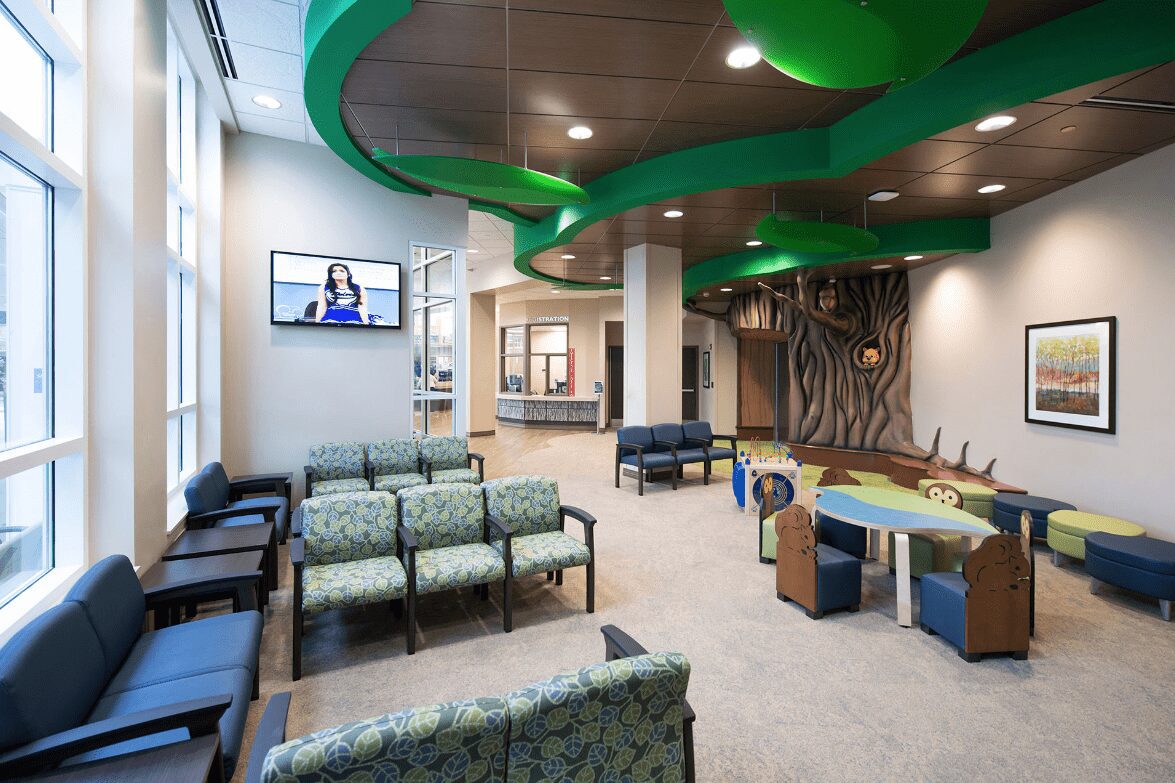
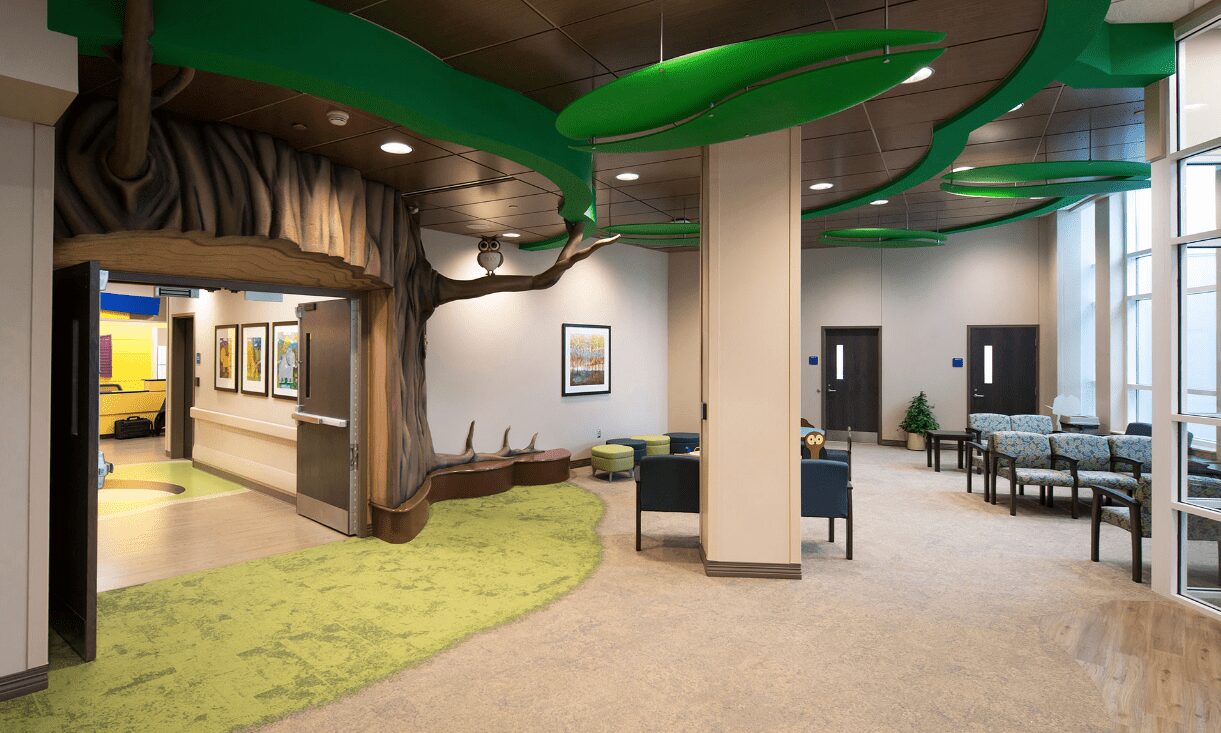
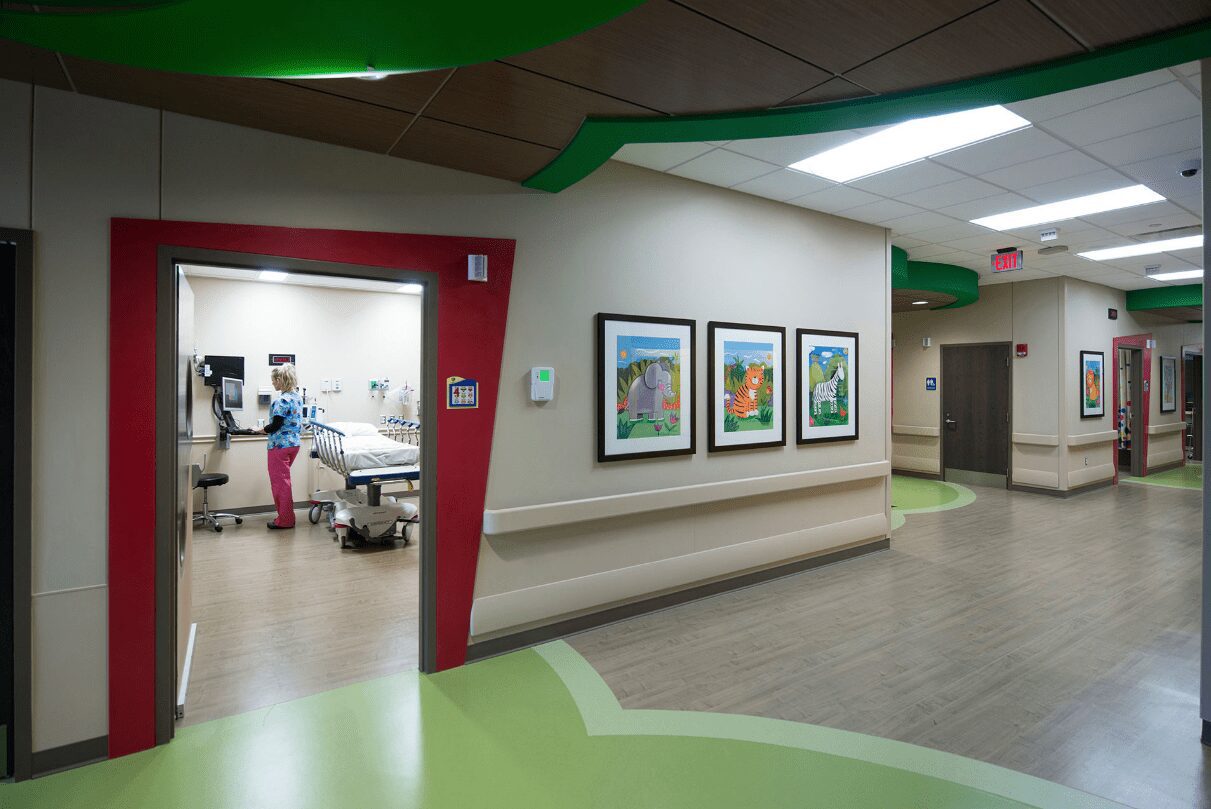
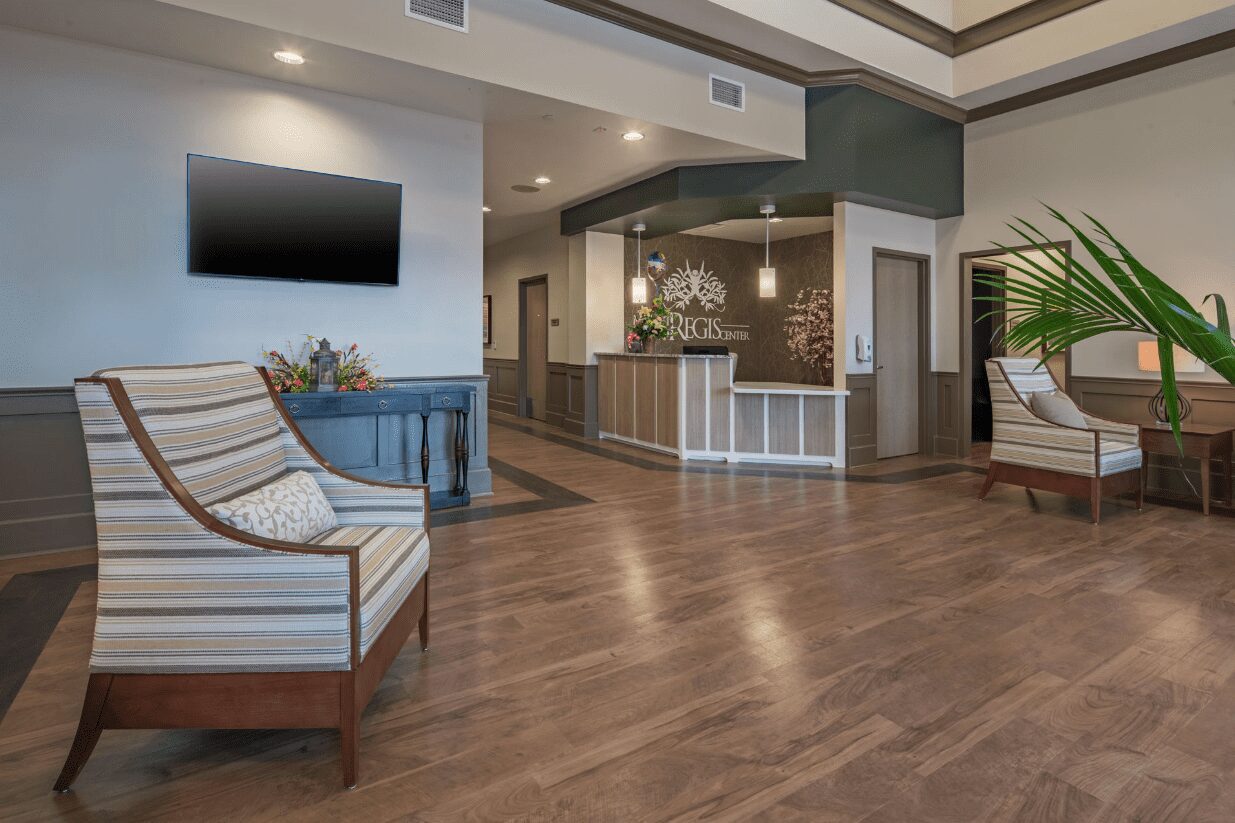
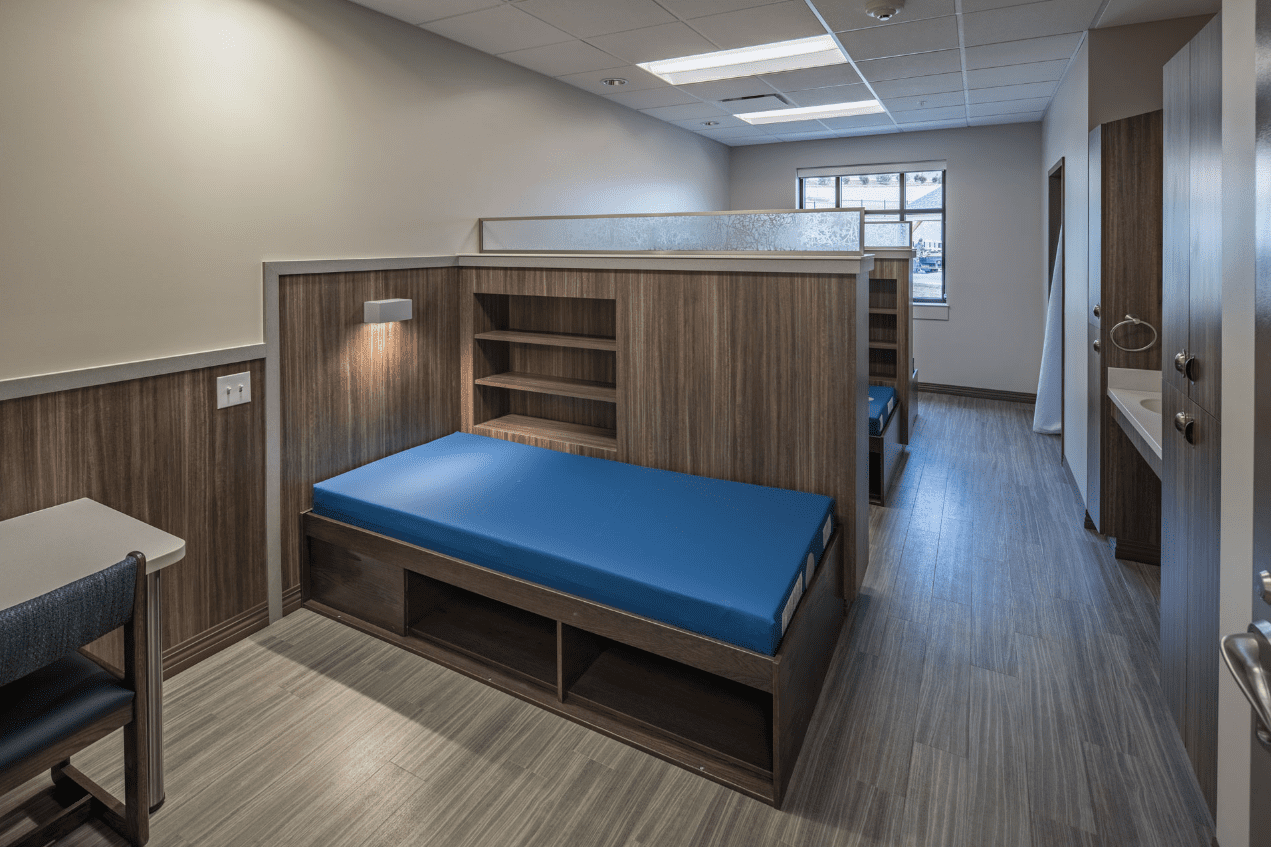
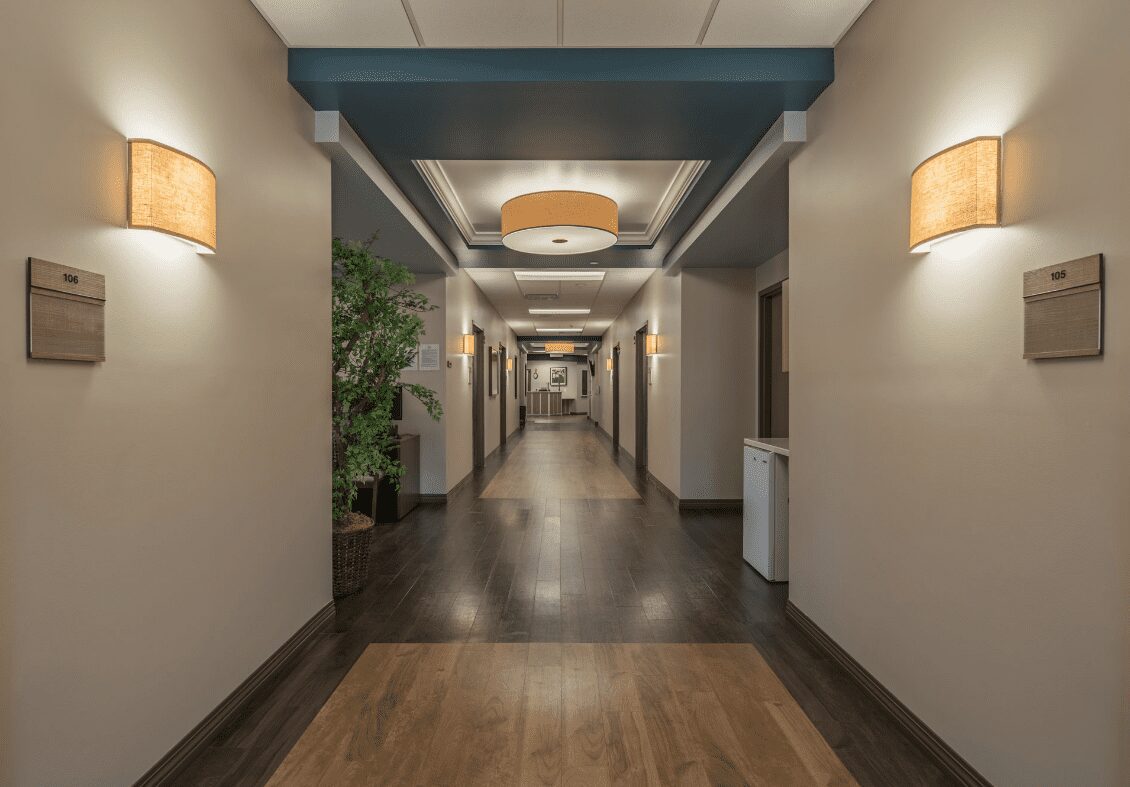
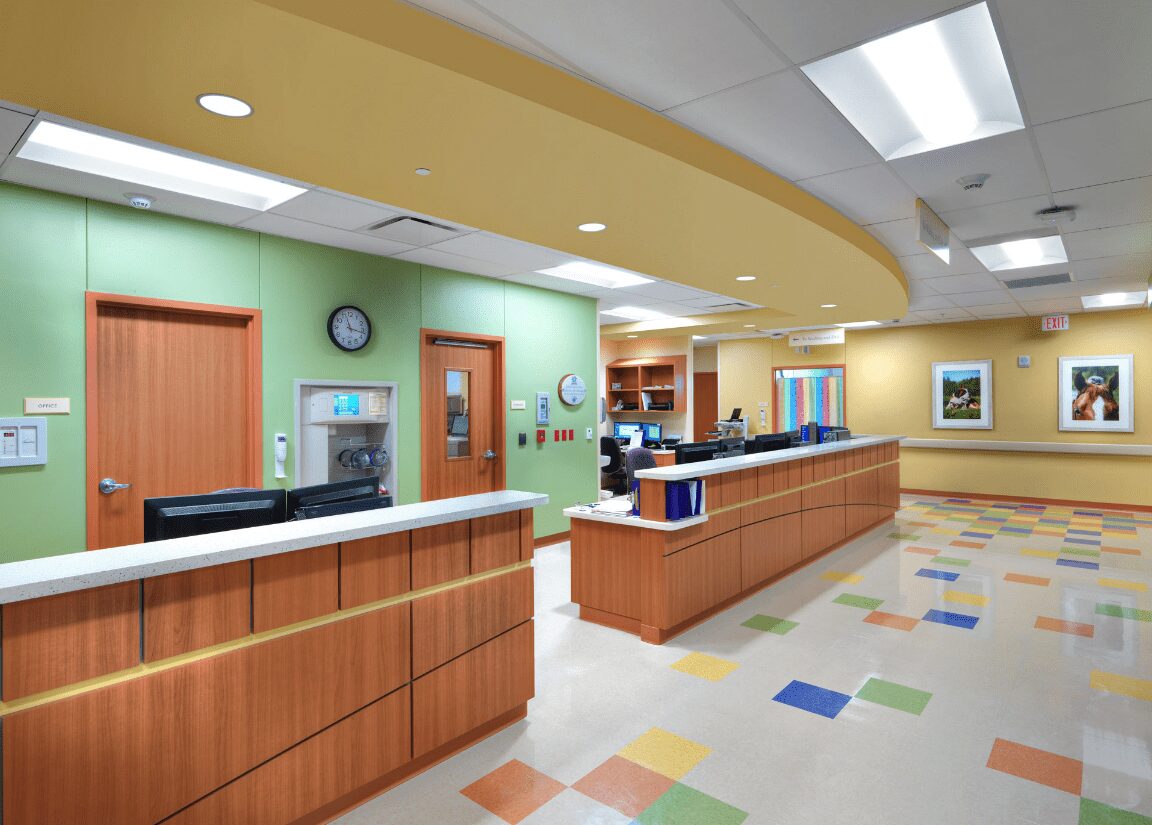

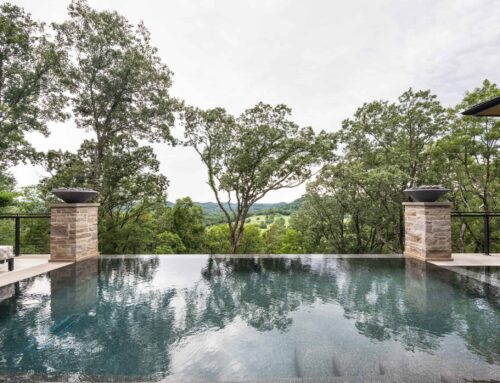



Leave A Comment
You must be logged in to post a comment.